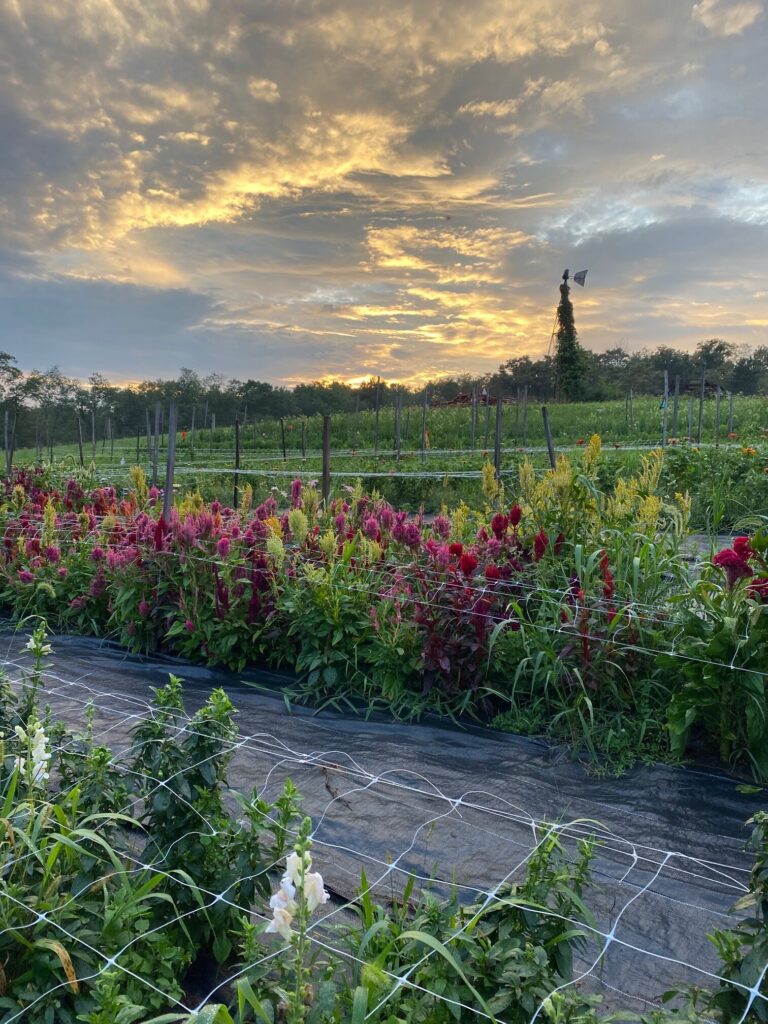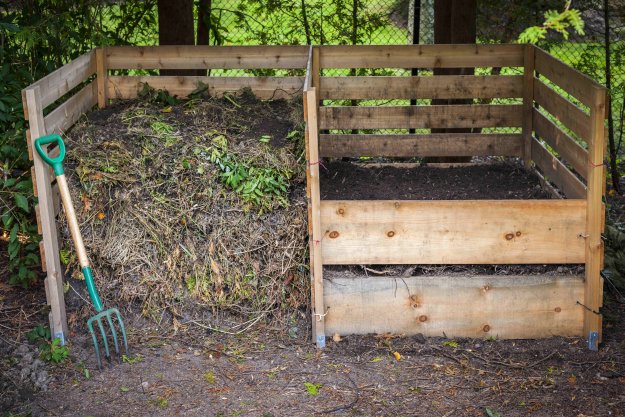Handy Tools and Hacks for Homestead Gardening
Handy Tools and Hacks for Homestead Gardening
Blog Article
Discover Important Tips for Successful Horticulture Techniques and Practices
Horticulture, frequently seen as a straightforward leisure activity, encompasses a series of methods and techniques that can considerably affect the result of your initiatives. By focusing on essential aspects such as soil health and wellness, reliable sprinkling approaches, and ideal plant option, gardeners can create a successful ecosystem that supports vivid development. Understanding the subtleties of bug monitoring and seasonal upkeep can even more enhance performance. Lots of enthusiasts forget essential details that can make or break their gardening success-- checking out these overlooked facets may disclose the key to cultivating a flourishing yard.
Understanding Soil Wellness
Dirt health and wellness is an essential element of successful horticulture, as it straight influences plant growth, vitamins and mineral schedule, and ecological community equilibrium. Healthy soil is defined by a rich biodiversity of microbes, raw material, and a well balanced pH degree, which together develop a setting for plant advancement.
To comprehend soil wellness, one need to consider its physical, chemical, and biological homes. The texture and structure of dirt impact its capacity to keep dampness and nutrients, while the chemical composition establishes the schedule of necessary components like phosphorus, nitrogen, and potassium. Routine soil screening is vital to analyze these elements, enabling garden enthusiasts to make enlightened decisions pertaining to plant foods and modifications.
In addition, promoting organic task within the dirt is vital for preserving its wellness. Practices such as composting, plant turning, and the usage of cover crops can improve microbial variety, boost nutrient biking, and lower soil erosion. By focusing on dirt wellness, garden enthusiasts not only maximize plant development however additionally add to a lasting ecological community, making sure that their gardening practices are durable and environmentally responsible with time.
Efficient Sprinkling Methods
Guaranteeing that plants receive the proper amount of water is important for their wellness and growth, particularly when combined with a strong foundation of dirt health (Homestead Gardening). Reliable watering methods can significantly impact plant vigor, reducing water waste and advertising ideal advancement
One basic method is deep watering, which encourages roots to grow deeper into the soil, enhancing drought resistance. This strategy commonly entails watering less frequently however in larger quantities, enabling wetness to permeate the root zone thoroughly. Timing is also essential; early morning is the optimal time to water, as it reduces evaporation and allows vegetation to dry throughout the day, reducing disease threats.
In addition, utilizing mulch can help maintain dirt wetness and control temperature level, additional assisting reliable sprinkling techniques. Using a drip watering system can likewise offer targeted dampness straight to the roots, making certain that water gets to where it's most needed while saving sources.
Keeping track of rainfall and soil dampness levels can lead modifications in your watering schedule, making certain plants get regular hydration without over-saturation. By embracing these reliable watering strategies, gardeners can promote a thriving setting for their plants to prosper.
Plant Selection and Positioning
How can the best plant option and tactical placement change a yard into a see growing ecological community? The harmony between plant selections and their positioning is vital for producing a vivid garden. When picking plants, think about elements such as environment, dirt type, and sunlight exposure. Native types are often the very best selection as they are adjusted to regional problems and call for less maintenance.
Strategic placement includes organizing plants according to their development practices and needs. Taller plants must be placed at the rear of boundaries to stop shielding much shorter plants. Furthermore, grouping plants with similar water and light needs can improve their development and reduce competitors for resources.
Including a diversity of plants not just adds aesthetic charm but additionally promotes biodiversity, drawing in helpful insects and pollinators. Consider the seasonal changes in your yard; pick a mix of evergreens, annuals, and perennials to guarantee year-round rate of interest.
Finally, bear in mind to assess the mature size of plants prior to planting to avoid overcrowding and guarantee appropriate browse around these guys air blood circulation. Thoughtful plant choice and strategic placement create an unified setting, allowing your garden to flourish while minimizing obstacles.
Parasite and Illness Administration
Efficient bug and illness management is important for keeping a healthy and balanced yard community - Homestead Gardening. A proactive method, integrating social, organic, and chemical techniques, can significantly decrease the influence of bugs and illness on your plants

Organic controls, such as introducing useful insects like ladybugs or aggressive mites, can keep bug populations in check without harming the environment. Furthermore, preserving plant health and wellness with correct watering, fertilization, and pruning will strengthen their strength versus diseases.
When intervention is essential, choose for targeted chemical therapies, ensuring to follow application guidelines to decrease injury to non-target organisms. Always prioritize lasting techniques, as they advertise long-term garden wellness and environmental equilibrium. By integrating these strategies, gardeners can successfully handle bugs and conditions, making sure growing plants and an efficient garden.

Seasonal Upkeep Practices
Throughout each season, applying targeted upkeep techniques is vital for maximizing yard health and efficiency. In spring, concentrate on soil prep work by screening pH degrees and adding necessary modifications. This is additionally the ideal time to apply plant foods and compost to retain dampness and reduce weeds. On a regular basis evaluate emerging plants for conditions and parasites.
As summertime approaches, make certain appropriate watering while checking for signs of stress and anxiety or disease. Trim back overgrown plants to motivate air blood circulation and decrease humidity around foliage. This technique not only enhances plant health and wellness but additionally advertises flowering and fruiting.
With the arrival of autumn, it's time visit this website to plan for winter season. Tidy up fallen leaves and particles to stop bug invasions, and consider planting cover crops to enhance dirt wellness. This period is additionally perfect for splitting perennials and growing spring-flowering bulbs.
Final Thought
Effective gardening depend upon the integration of audio techniques in dirt wellness, watering, plant selection, pest management, and seasonal upkeep. By focusing on dirt screening and microbial diversity, utilizing efficient watering techniques, and choosing suitable plants, gardeners can create flourishing ecological communities. Furthermore, positive pest monitoring and diligent seasonal maintenance add substantially to general yard vitality. Embracing these methods fosters a lasting and productive horticulture environment, ensuring prospering development and durability throughout the altering seasons.
By focusing on important aspects such as dirt wellness, effective watering strategies, and suitable plant choice, gardeners can produce a growing ecosystem that supports vivid growth. By focusing on soil wellness, gardeners not just optimize plant development but also add to a lasting ecological community, ensuring that their horticulture methods are resilient and environmentally accountable over time.
Taller plants ought to be positioned at the back of borders to stop shielding much shorter plants. Tidy up fallen leaves and debris to stop parasite problems, and take into consideration planting cover plants to improve dirt health and wellness.Successful gardening hinges on the integration of sound techniques in dirt health and wellness, watering, plant option, parasite management, and seasonal upkeep.
Report this page